This summer I took a foray into urban agriculture — I attempted to grow tomatoes in my back yard. A fairly common home gardening endeavor, right?
But as I look back on a growing season plagued by blossom end rot, an over-abundance of rain and pest attacks, I now understand the pitfalls of even the most rudimentary attempts to grow food.
For farmers where LWR works, the challenges are even greater. Unstable rains, changing climate conditions, drought, natural disaster — these are all things farmers in developing countries must cope with. And for them, a failed harvest has much more severe consequences.
The good news is that people like you are helping by providing support and training for farmers to learn improved agricultural practices that help grow crops in even the harshest conditions. But what exactly are some of those practices? And how do they help? Check out just a few of the fascinating approaches you make possible with your support.
Zai Pits
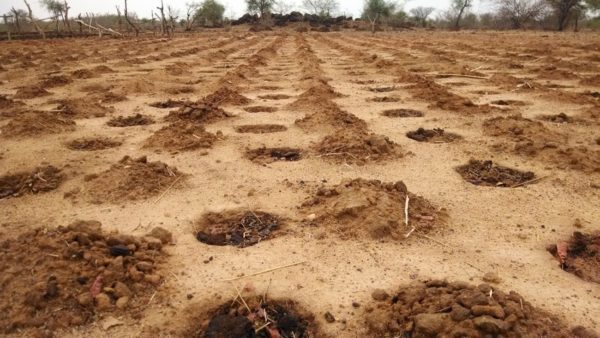
In places like West Africa, which are prone to unstable rains and periods of prolonged drought, farmers must use creative techniques to make sure their soil produces good crops.
Zai pits are trenches that capture water and nutrients and deliver them directly the seeds planted within them. By using this method, farmers make the very best use of the rainfall they get in order to grow more food.
These zai pits were dug on a farm in Burkina Faso, where your support helps farmers overcome the effects of changing climate to grow food, earn income and increase their stability.
Demonstration plots
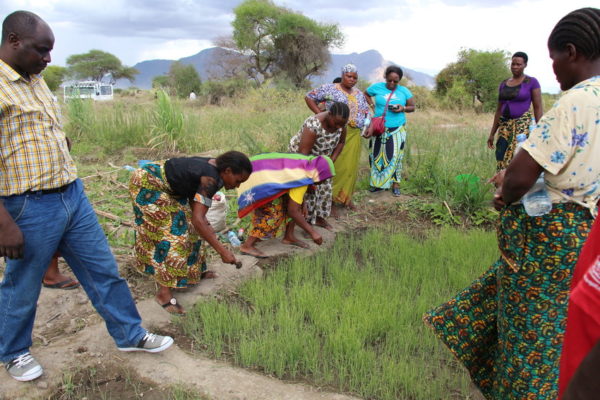
When learning new agricultural techniques, it can be helpful to farmers to observe those techniques in action and see the results.
Many of LWR's projects identify farmer leaders who follow best practices and share their results with fellow farmers, so that they can see and learn the benefits to improved agricultural methods.
This women's group in Tanzania observes the various stages of onion growth on a demonstration plot. Then they use that knowledge to improve their own crops, so that they produce enough good quality onions to earn income to support their families.
Terracing
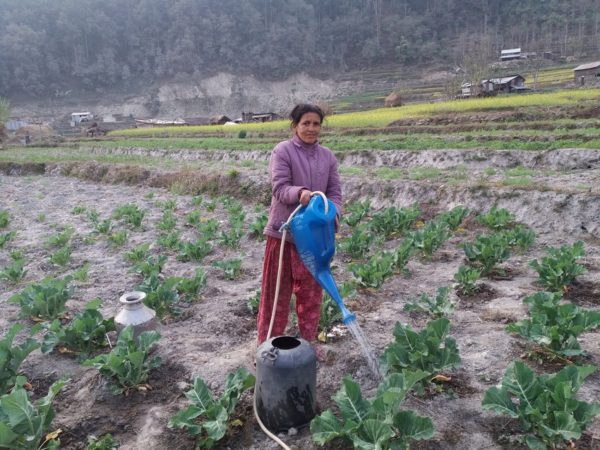
Soil erosion can be a real problem for farmers who grow crops on hills and in places that get heavy rainfall. Terraces, which resemble stair steps, are mounds farmers carve into hills and slops that prevent erosion and protect the health of soil.
Sita Bohara, who lives in the Ghorka district of Nepal, waters her cauliflower crops on land surrounded by terraces.
Community Knowledge Workers & ICT
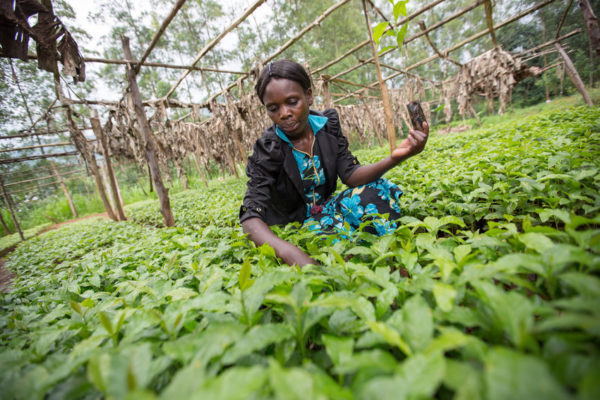
Especially for farmers, knowledge is power. In Uganda, you supply knowledge to coffee farmers through the use of Community Knowledge Workers (CKWs) and information communication technology (ICT).
CKWs are farmers who have received special training on agricultural methods that they can share with other farmers in their community. They are outfitted with smartphones, which connects them to expert agricultural advice. CKWs routinely visit their fellow farmers to teach or reinforce good growing practices, troubleshoot problems, and collect information that helps farming cooperatives better meet farmers' needs.
Irene Nanjekhe is a Community Knowledge Worker with Gumutindo Coffee Cooperative in Bududa District, Uganda. Here she examines improved coffee seedlings in the cooperative’s nursery which will be distributed to coffee farmers.
Crop Storage
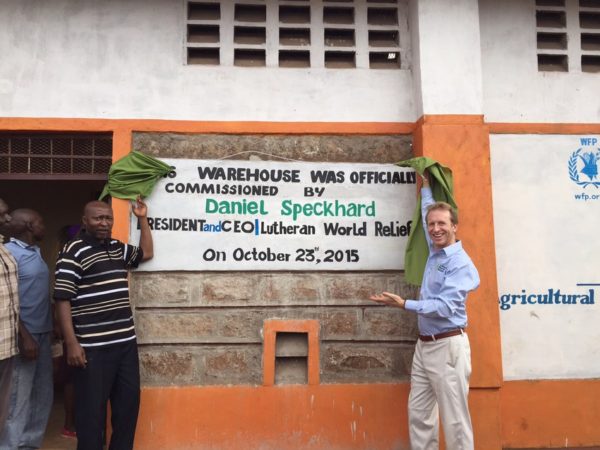
Crop storage is important for a variety of reasons.
In some parts of the world, many farmers harvest their crops all at once, creating a market glut that drives down prices. Farmers with the ability to store their crops while preserving quality can wait until the supply is lower, so they can sell for a better price.
LWR President and CEO, Daniel Speckhard, is standing in front of the warehouse of the Kiboko Water Resource Users Association warehouse in Kenya, part of World Food Program (WFP) project that assists local farmer groups to collect and market their crops locally, including to local schools with feeding programs.


